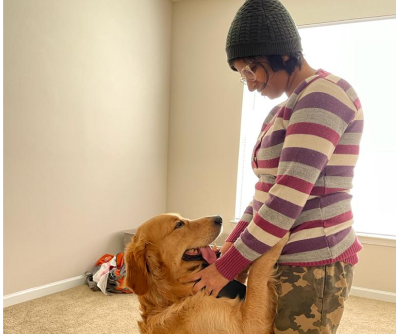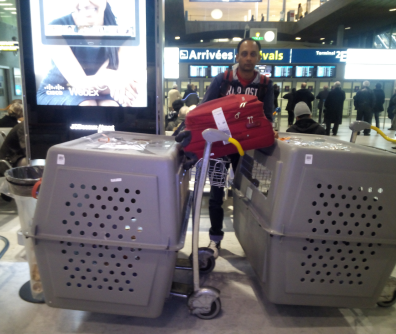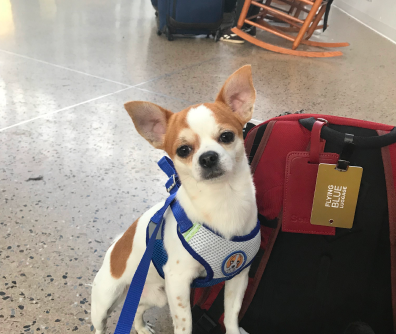How to Help Relieve Separation Anxiety During Relocation

Blogs












Relocating your pet internationally can be a complex process, and it’s important to start well in advance to ensure a smooth journey. Here are the steps to begin your pet relocation process:
Research and Planning:
Start by researching the destination country’s pet requirements and plan well ahead for vaccinations, quarantine, and paperwork. Early planning is crucial for a safe international pet relocation. Consult a Pet Relocation Specialist who will be able to manage all documentation, including permits and vaccination records to ensure a smooth process.
Vaccinations and Microchipping:
Schedule a vet visit to ensure your pet is healthy and up to date on vaccinations. Microchip your pet and register it with your contact information. Make sure your pet receives the required vaccinations for the destination and obtain a health certificate, possibly needing government endorsement.
Pet Travel Crate:
Acquire an airline-approved travel crate that meets the size and ventilation requirements for your pet’s breed and size. Begin crate training and acclimate your pet to the crate well in advance of the journey.
Airline Requirements:
Get in touch with the airline you intend to use for your pet’s travel and gain a thorough understanding of their unique pet travel guidelines. Secure a reservation for your pet and confirm their inclusion on your flight. If your pet is traveling as cargo, consider reaching out to a Pet Relocation Specialist to streamline the booking process and ensure a stress-free journey for your beloved companion.
On Arrival
Receiving at Destination:
Coordinate with someone at the destination to receive your pet and ensure compliance with customs or quarantine requirements. Your Pet Relocator can connect you with their counterpart at the destination.
Post-Travel Health Check:
Schedule a follow-up visit with a veterinarian in your destination country to ensure your pet’s health and vaccinations meet local requirements.


Preparing your dog or cat for crate travel on international journeys is a vital, time-consuming process that demands patience. These steps will aid in getting your pet ready for a stress-free and comfortable trip:
Choose the Right Crate:
Opt for a travel crate compliant with international standards, ensuring it’s the appropriate size for your pet, well-ventilated, and equipped with secure locks. Position the crate in a central living area, leaving the door ajar, and motivate your pet to explore it with treats and toys, fostering a favorable connection.
Crate Training Sessions:
Commence with short training sessions, gently encouraging your pet to enter the crate following a command such as “crate” or “kennel.” Reward their cooperation with treats and praise. Gradually extend the duration your pet spends in the crate, beginning with a few minutes and progressively advancing to longer periods, facilitating their adaptation to crate training.
Crate for Sleep:
Encourage your pet to sleep in the crate overnight and progressively prolong their stay. Begin by gently shutting the door for brief intervals, remaining by their side, and then gradually extending the duration. Exercise patience and persist with crate training, recognizing that every pet is distinct and may require time to adjust to the crate.
Reinforce Good Behaviour:
Consistently praise and reward your pet for remaining calm and relaxed in the crate. This positive reinforcement helps them associate the crate with safety and comfort. Ensure that crate training is gradual and positive. Acclimatize your pet to the crate well in advance of international travel for a stress-free journey. Always follow airline and destination country guidelines to ensure a smooth trip.